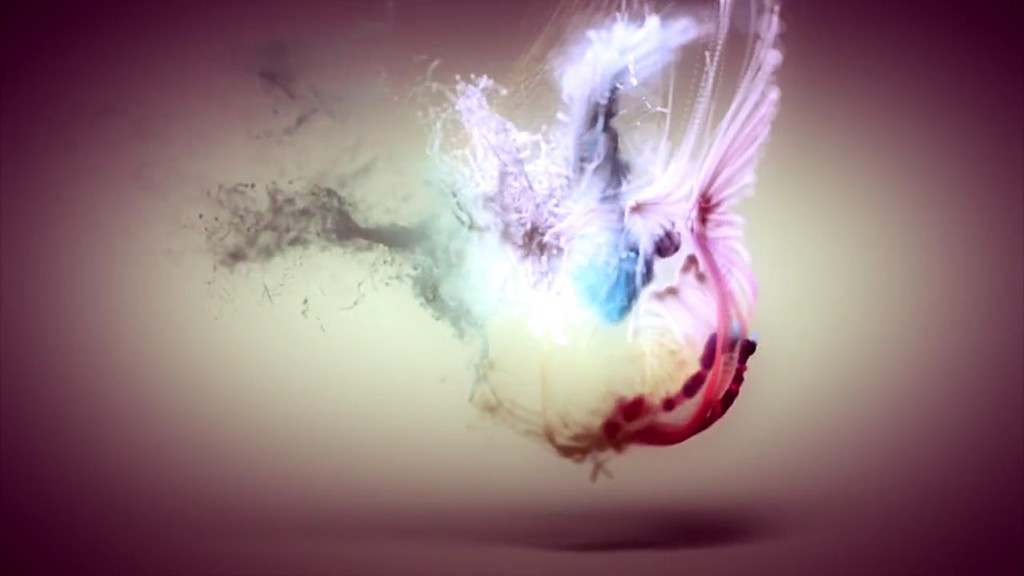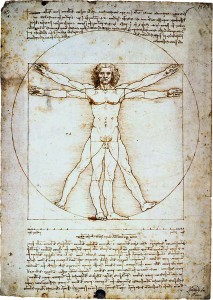A Digital Renaissance
Posted on October 26, 2012 | posted by:In April 2009, Iceland’s neo-classical musician Ólafur Arnalds created the 7-song series ‘Found Songs’, with artwork contributions from fans via Flickr. Recording a song a day for 7 days and instantly making each track available via Twitter, this crowd-sourced partnership evoked memories of a tradition that seemed to be getting lost in the digital age we live in.
[ Click here to view the official music video for ‘Ljósið’ taken from Ólafur Arnalds – ‘Found Songs’ (2009). Artwork above by animator Esteban Diácono. ]
In modern history, artists have never lived in a better time. Electronic musician Moby best captures this idea in the documentary film Press Pause Play when he explains that “Almost everybody I meet in the world of art, music, literature…creative expression, everybody’s equally excited and afraid.” The seemingly unlimited opportunities that the digital era has unleashed in the last three decades, has changed the way that creativity is perceived and utilized. In many ways, technology has broken down physical, financial, and social barriers and democratized art. But in a globalized, networked world, where technology has allowed everyone to be a part of the design movement, is mediocrity all that we are left with?
“In our post-Industrial age, because of atomization [ . . . ] everyone thinks they have a novel in them, everyone thinks they can make a movie or write a song … When you leave everything to the crowd, when everything becomes democratized, where everything is determined by number of clicks, you’re by definition undermining the seriousness of the artistic endeavor.” – Andrew Keen, Author
This, rather pessimistic view, is shared by many people who consider art to live in the realm of the professional. However, I think it is interesting to consider to flip side of this argument. More people do art in more ways than ever before. Artists and designers are on the front-line of a new age- one that is following in the footsteps of a previous time in history when creativity flourished: the Renaissance.
The late middle ages fostered an atmosphere of growing knowledge for the poor, the idea of humanism, and the idea of free-thinking. Thanks to the work of artists like Leonardo da Vinci, Michelangelo, Giotto, Brunellesci, Donatello, and Rapahel and writers like Erasmus, Francois Rabelais, and Shakespeare, there was a resurgence in art, philosophy and literature that made this one of the most creative times in human history. But, what were the conditions that made it possible? For starters, Italy encompassed the most advanced urban society in Europe at that time, with the wealthy consistently commissioning artists’ work, even prompting competition among artists. There also was an importance placed on the revival of ancient Greek and Roman learning and philosophy which was spread as a result of the invention of the printing press (thanks Gutenberg!). Through the massive investment of art and a widespread appreciation of it, the role of the artist shifted from being mere craftsman to being innovators.
“It used to be, you didn’t become an artist just to become rich, you became an artist, because you had an idea or emotion to share, and that’s where we’re heading again.” – Seth Godin, Writer
Due in large part to the growth of the internet, the main difference between today’s artists and the artists from the Renaissance, is that the audience isn’t just a passive observer anymore. They participate daily in the art that is around them, most of the time even creating side by side with those that classify themselves as professional artists. Art has been set free from the institutions that previously defined it, and allowed artists the freedom to work on their own terms and in their own time.
The word renaissance literally means rebirth. I believe the mergence of art + technology is leading to more than just a rebirth… it’s a revolution.

